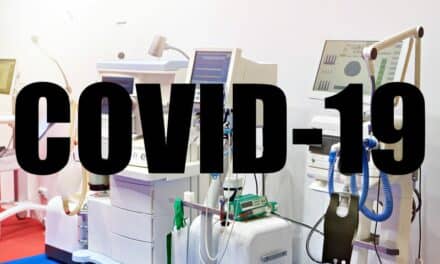Ventilators are intricate, high-risk devices that do not allow for error. But fortunately for the biomeds charged with keeping them in working order, the devices that analyze ventilator performance are relatively straightforward. Whether you prefer the lung simulator type or the flow meter type (or a little of both, depending upon the situation), check out the latest technology, choices and trends in test equipment for ventilators.

Ventilator analyzers come in two basic styles, the lung simulator and the flow meter. The lung simulator uses an artificial lung to directly measure gas volume pumped into a simulated lung. The flow meter, on the other hand, measures the flow of gas as it passes through an opening. Both types are extremely reliable, and each type has its advantages: Lung simulators more accurately reflect actual clinical settings, while flow meter types afford lower cost and portability.
The human lung, simulated
The lung simulator ventilator analyzer is the largest and most expensive type of vent testing device; however, it offers the advantage of being able to simulate an actual clinical situation and can be adapted to meet the specific requirements of the individual patient.
“The lung simulator type more closely approximates the real human pulmonary physiology and gives more realistic results,” says Maureen Oostendorp, product manager for Michigan Instruments (Grand Rapid, Mich.), a maker of lung test devices. “Unlike the flow meter types, this device can adjust lung compliance and airway resistance.”
To purchase the full text of this article, click here…




